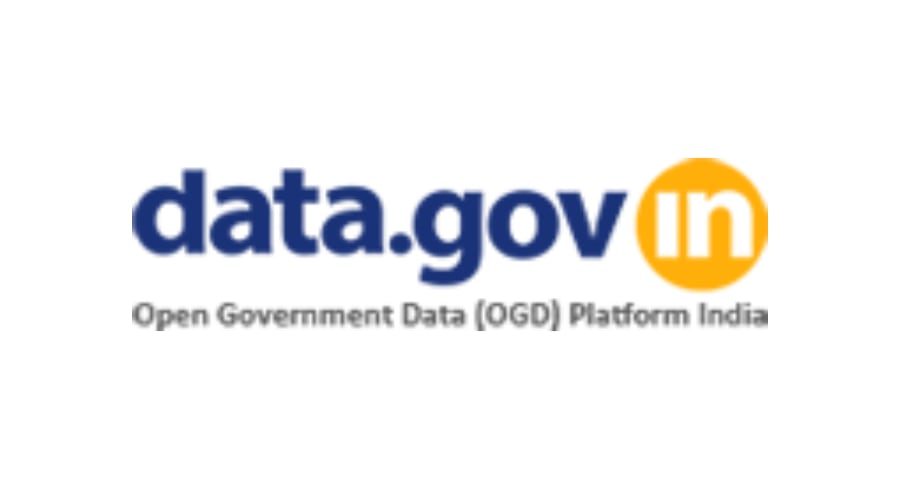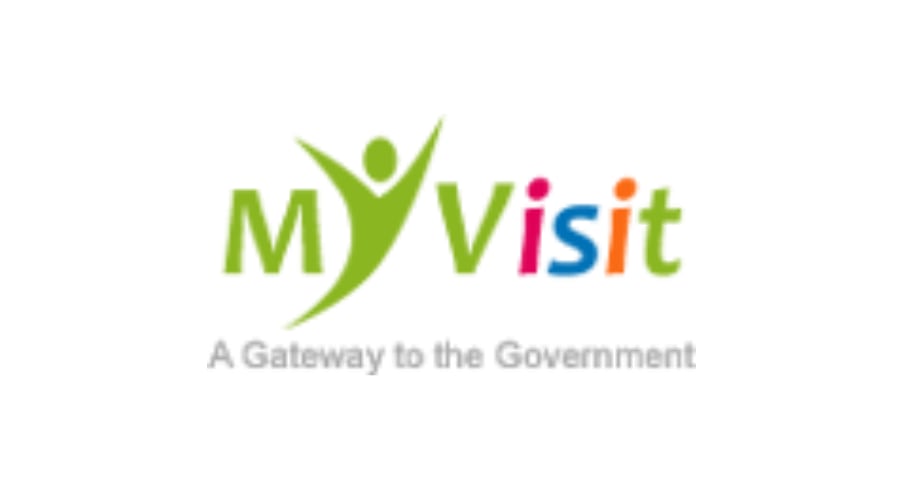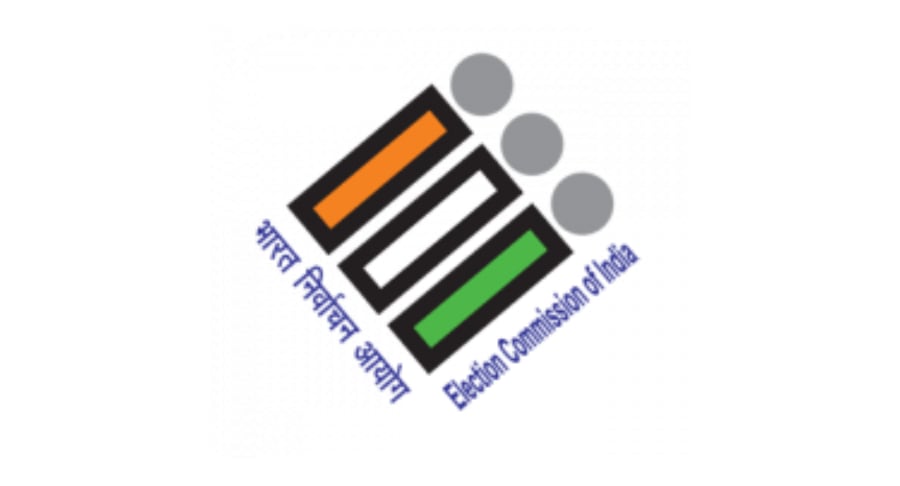Farm livelihoods
FARM LIVELIHOODS NOTE
Strengthening existing livelihoods and diversification of livelihoods are the key components of the Farm Livelihoods interventions under WBSRLM Anandadhara. WBSRLM has been working with small and marginal women farmers to address the issues of the small and marginal producers such as productivity enhancement, extension service delivery and value chain development for improved market access. The important sub sectors focused under the mission are agriculture, livestock and Non Timber Forest Producer (NTFP)

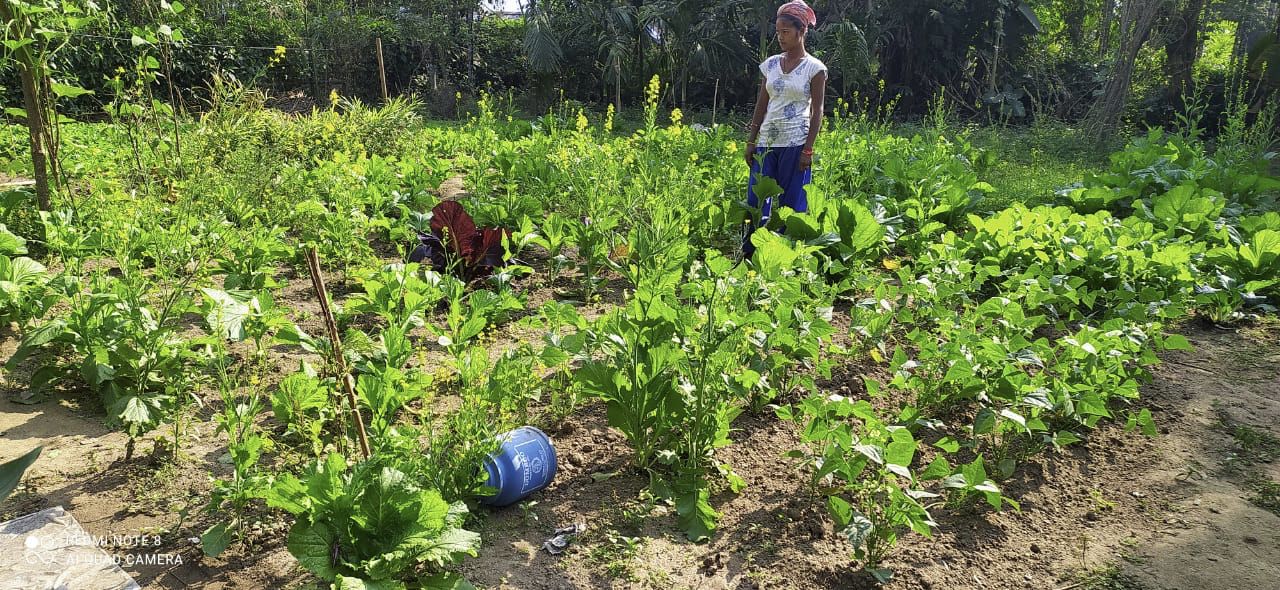
AGRI-NUTRITION GARDEN
DEVELOPED UNDER CMSA PROGRAM
CMSA : Community Managed Sustainable Agriculture:
PThe CMSA program has aimed at building capacities of the women farmers by training them on a variety of practices that will make their cultivation methods more sustainable in nature. These are named Sustainable Agricultural Practices (SAP). The practices under SAP are low cost, environment friendly and involve balanced use of organic and biological based inputs to the extent possible. The sustainable agricultural practices that have been taken up in the state fall under the following 5 categories: Soil and Water Conservation Methods; Seed Management; Integrated Nutrition Management (INM); Integrated Pest Management (IPM) and Post-Harvest Management.

Animal Resource Development activities:
Livestock is another important subcomponents of WBSRLM that strongly complements Sustainable Agriculture where , the focus is on better management of livestock including ruminants (dairy, goatary, piggery) and non-ruminants (backyard poultry, duckery) through proper housing, improved feeding practices through balanced and supplementary feeding , preventive animal health care facilities like deworming and vaccination. All these services are made available at door step through the community cadre of Prani Mitras. The objective of this intervention is to reduce mortality and morbidity, better body weight gain and all these with well established market linkages ensure better return to the women and income round the year.

CATTLE VACCINATION SERVICE
BY WBSRLM PRANIMITRAS
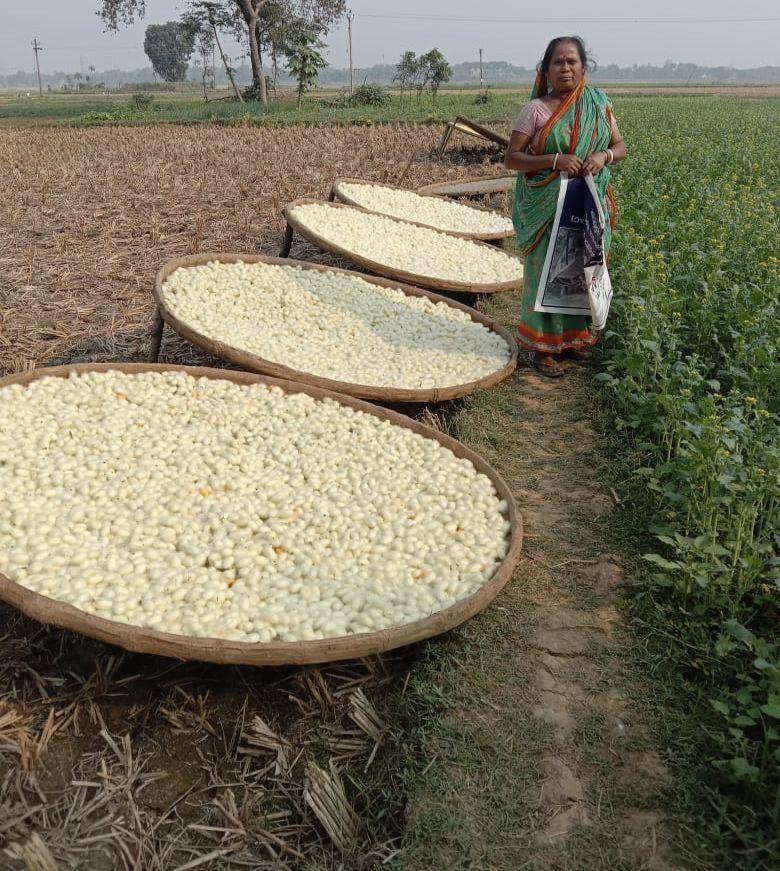
NTFP PRODUCT TASAR VALUE
CHAIN DEVELOPMENT UNDER MKSP TASAR
Value chain development through PG & PE:
Building market linkages through a value chain development approach is an important strategy being pursued by the Mission. The Mission has brought a strong focus on sub sector approach under its various farm based livelihoods initiatives and has been working steadily to promote value chains on sustainable agriculture and NTFP through formation of Producers’ Groups and Producers’ Enterprises.
The Farm value chain interventions would focus on the promotion of producers’ collectives, viz. producers’ groups and producers’ enterprises to enable the small and marginal women farmers to access markets for their produce at a remunerative price. The institutional structure would be based on the opportunities and existing gaps in the value chain.
Producer Groups:
Producers groups (PGs) would be promoted as informal entities who would be engaged in localized marketing activities catering to the local demand and supply situations. Their business model would primarily be based on economies of scale and thus aimed at reduction in individual transaction costs involved. Their target markets are also local and usually fall within a short radius.
Producer Enterprises:
Producers’ Enterprises (PEs) can be defined as registered, formal organizations of farmers including co-operatives and Farmer Producer’ Companies. The primary objective of these organizations is to ensure better economic return to the farmer producers.

GOAT BASED PRODUCER
GROUP MEMBERS


ORGANIC MANURE
PREPARATION
Promotion of Organic Clusters:
Under WBSRLM, agro-ecological practices are being promoted through Farm Livelihoods interventions. It is envisioned to take these agro-ecological interventions to the next logical progression i.e. towards organic farming practices so that the small and marginal women farmers get better price realization. This will open up an immense market opportunity for the small and marginal farmers.
Promotion of Integrated Farming Cluster:
With the objective to improve, intensify, expand & integrate the existing diversified livelihood activities, an integrated farming cluster (IFC) comprising of 2 to 3 (this may change depending on the state) adjoining intervention villages covering about 250-300 households where every SHG household will be supported with improvement in 3 to 4 livelihoods (farm and non-farm) with strong backward and forward linkages.
On production (back) end, it is an interdependent, interrelated often interlocking production systems based on defined location specific farming system interventions such as crop, dairy, small and nonruminants (goat, pig, sheep), poultry, duckery, fishery, bee keeping, mushroom etc and related subsidiary enterprises with waste recycling through preparation of on-farm composts, vermi-composts, enriched manures etc in such a way that maximize the utilization of energy of each system and minimize the negative effects of these activities on environment to reduce cost, mitigate risk, improve production & productivity whereas the investment in capacity building on community, ensuring quality livelihood services and promotion of entrepreneurship will be strengthened.
On front end (value addition and market linkage) it will collectivize and aggregate individual produces at village and / or cluster level through small Producers’ Collectives (Producers Groups) to aggregate the individual produces thereby reduce the transaction cost of primary value addition and market linkages. In a larger geography these small producers’ collectives may be federated into Producers Enterprises for larger aggregate, secondary value addition / processing, packaging, labeling and market linkage / marketing directly and / or through partnership.
Development of community-based livelihoods extension service:
One of the major successes of WBSRLM has been deployment of community-based livelihoods resource persons such as CMSA CRP, PMK (Progressive Mahila Kisan), Prani Mitra, Udyog Mitra etc. who provide door-step services on Sustainable Agriculture, Livestock, NTFP and market linkage to the rural poor. The cadre of Udyog Mitra would be strengthened under NRETP for supporting the PG on market linkages. Under NRETP, Udyog Mitras (CRPs) would be developed to provide handholding support and training to the Producers’ Groups. The Udyog Mitras would support the PGs in business plan development, business operations, value addition and marketing activities.



 Training Management
Training Management
